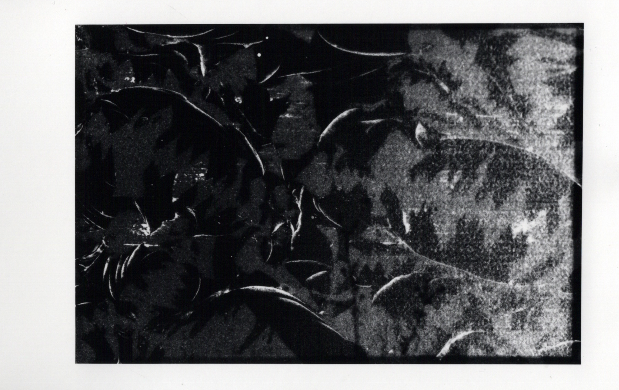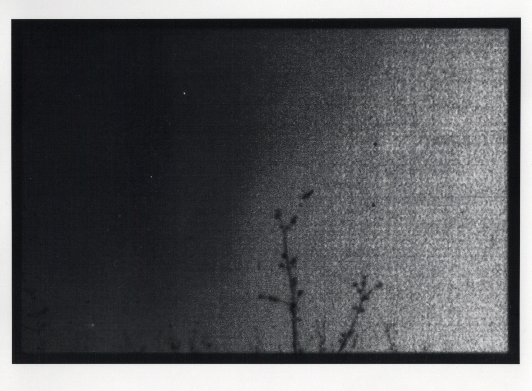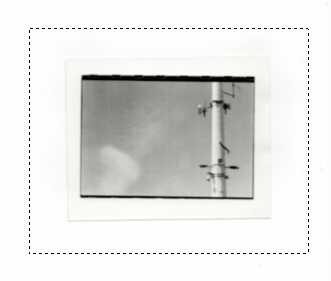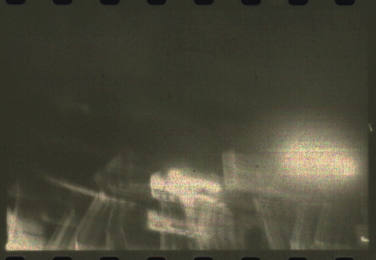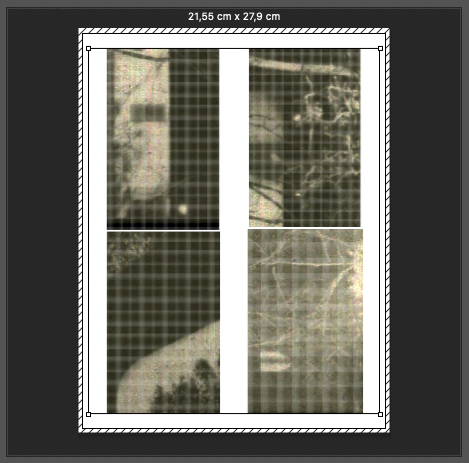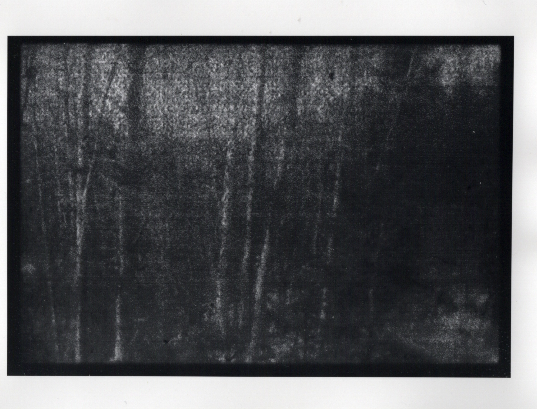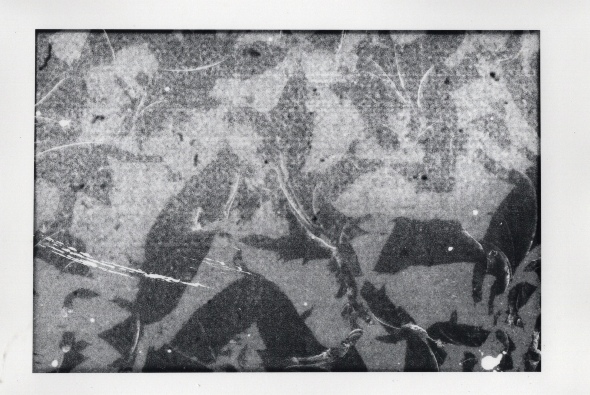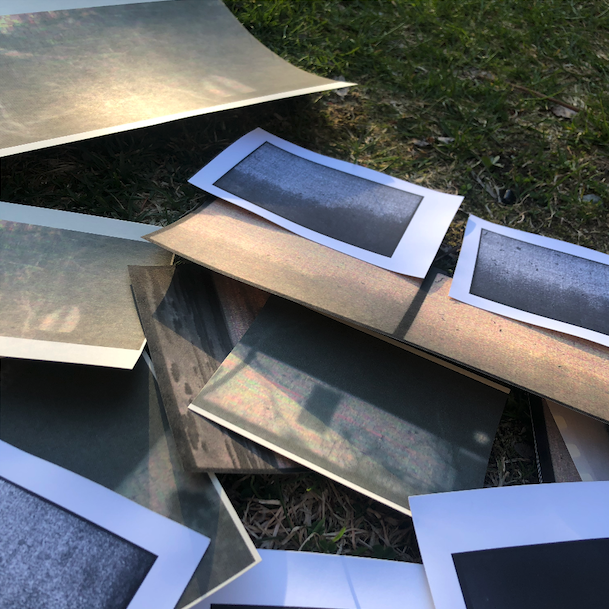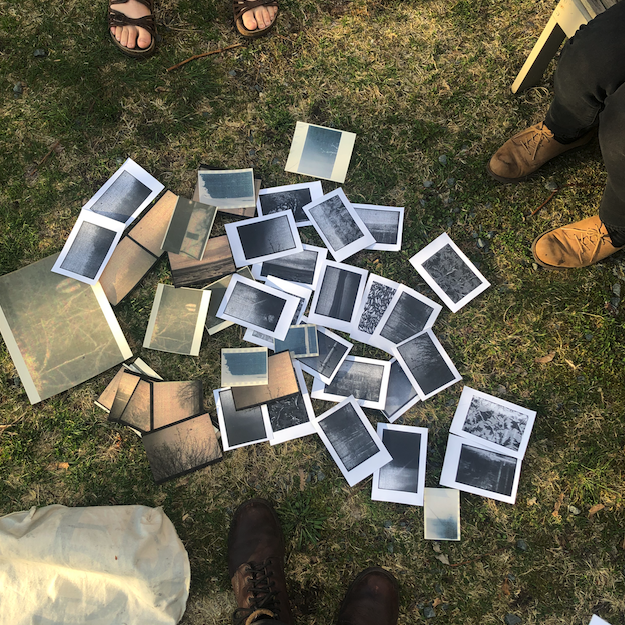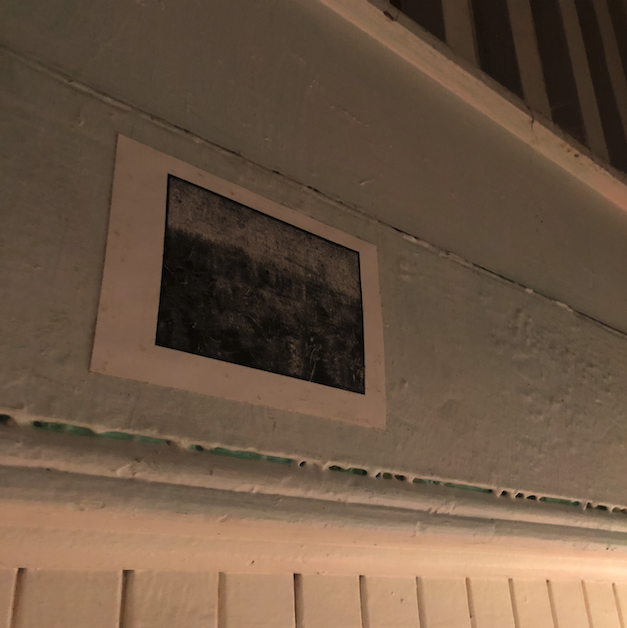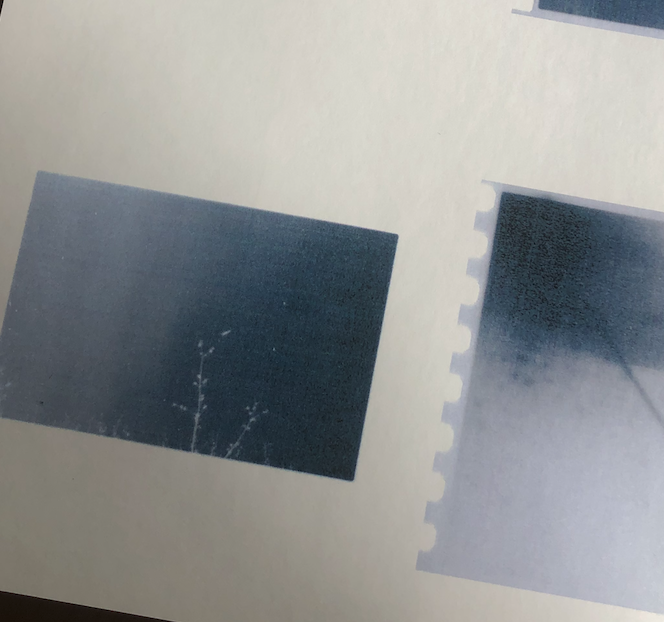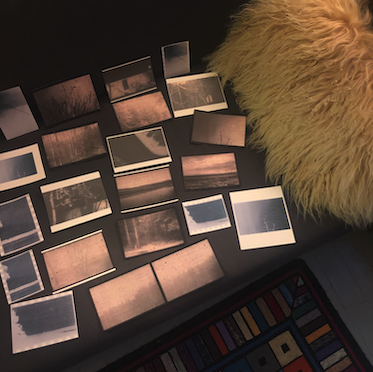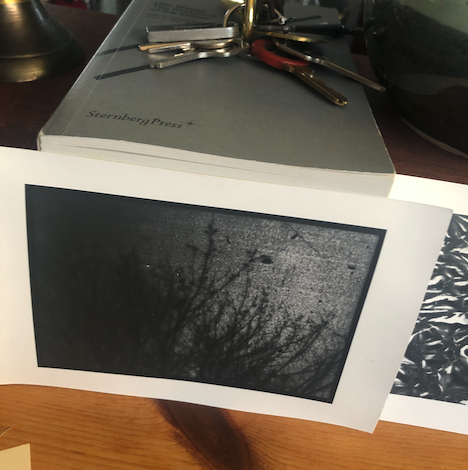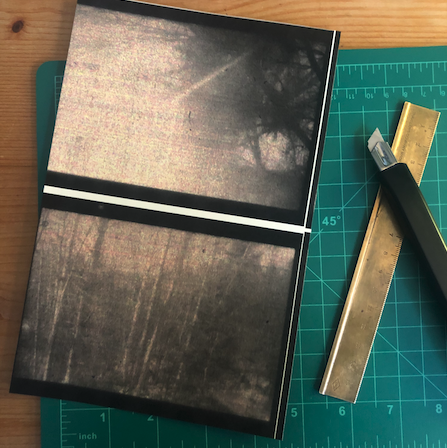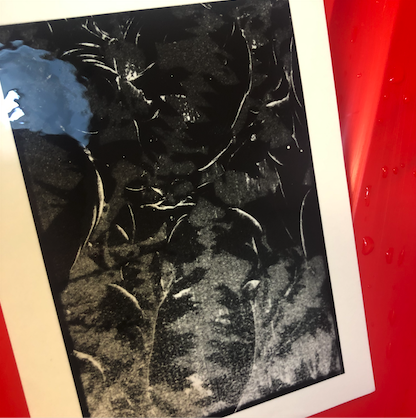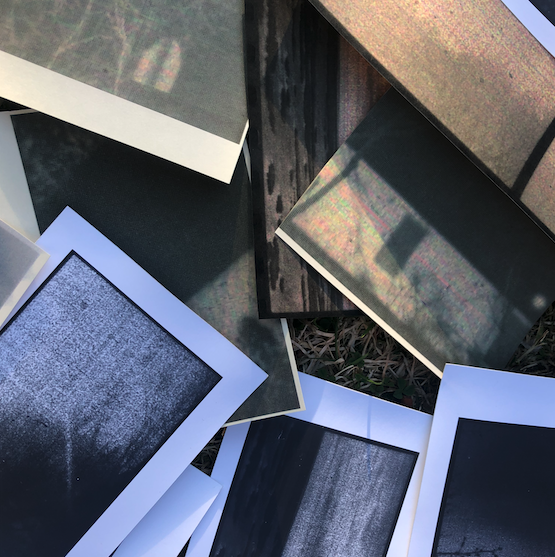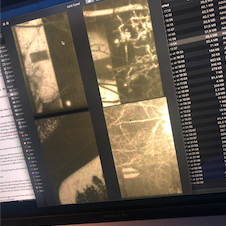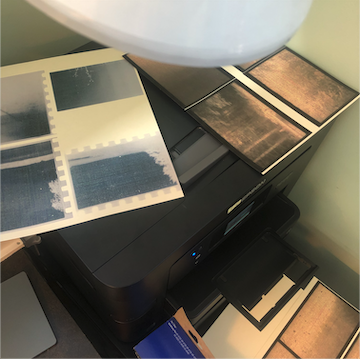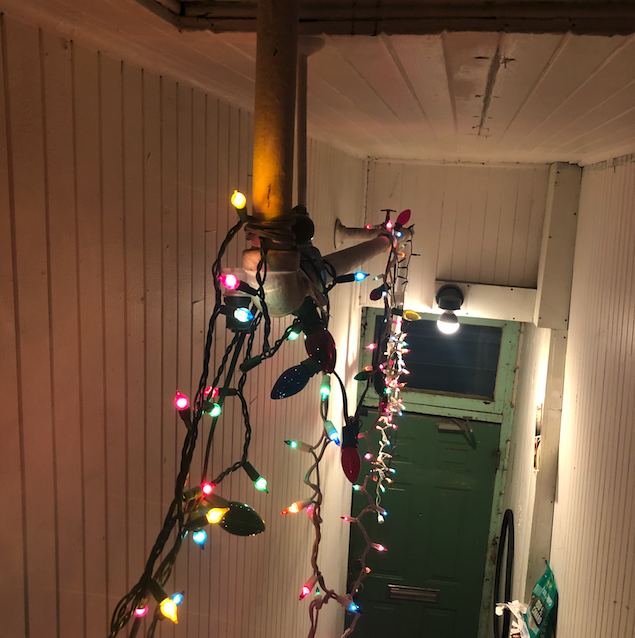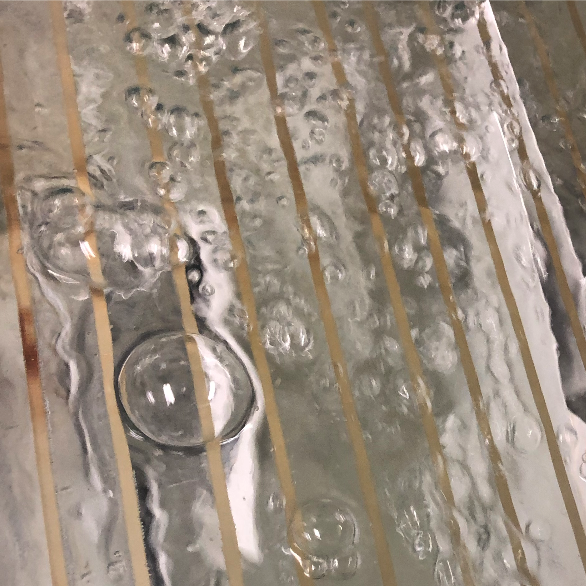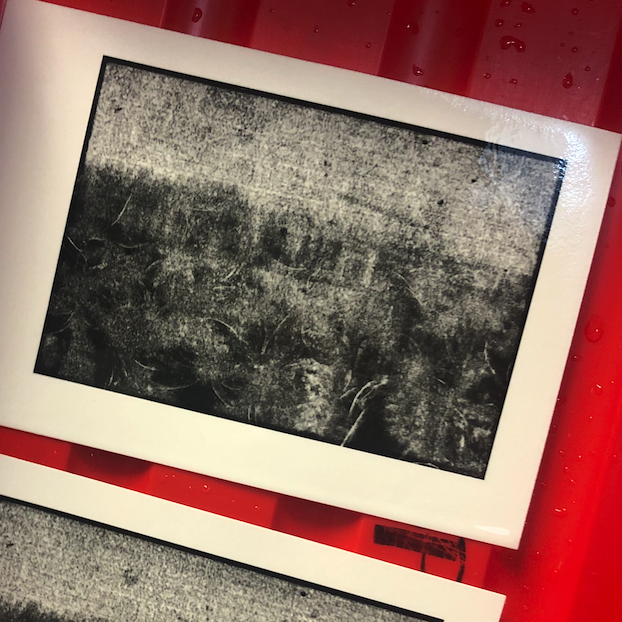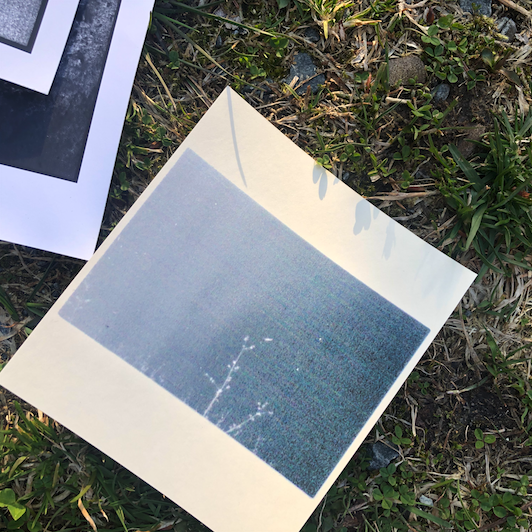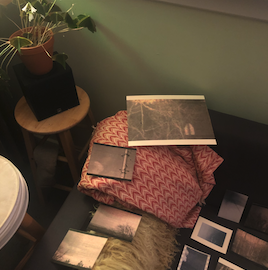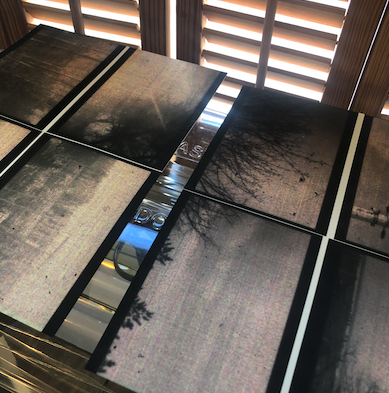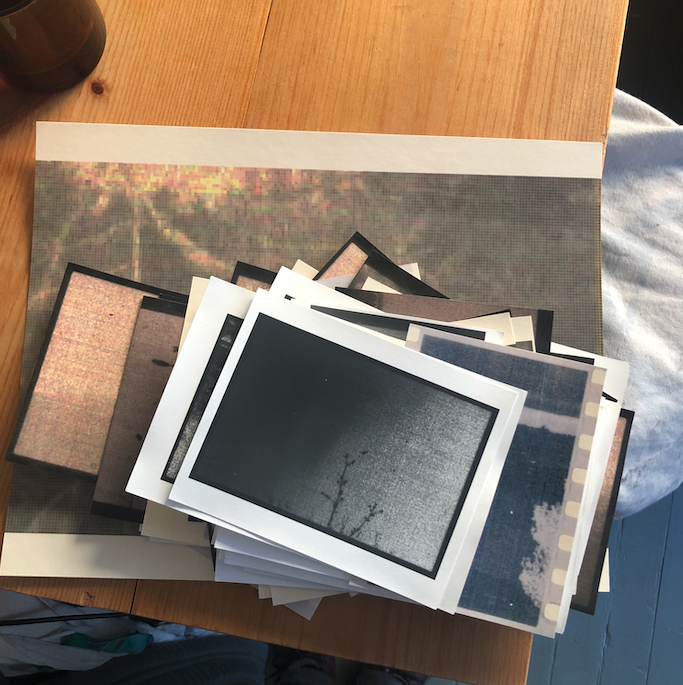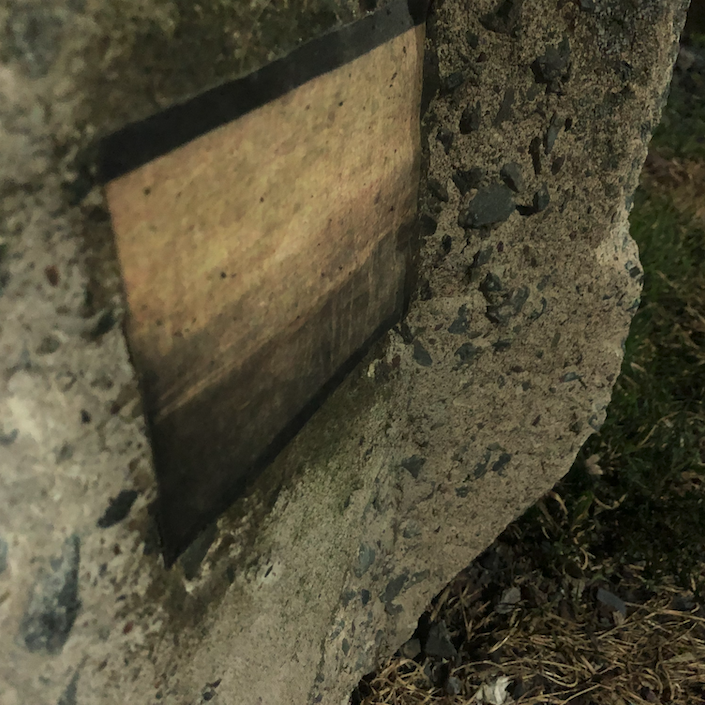The poor image is a copy in motion.
The poor image is an illicit fifth-generation
bastard of an original image. Its genealogy is
dubious. Its filenames are deliberately
misspelled. It often defies patrimony, national
culture, or indeed copyright. It is passed on as a
lure, a decoy, an index, or as a reminder of its
former visual self.
The rich image established its own set of
hierarchies, with new technologies offering more
and more possibilities to creatively degrade it.
Hito Steyerl– from In Defense of the Poor Image, 2009.
Total Matte Finish–
If art is a means to share, or a method of expression and reception, what happens when it enters the public sphere? What comes of it through the struggles against capitalist confines? To what extent is a politics of disruption concerned with aesthetics? In an indirect fashion it is either about inclusion, or exclusion. This common ground is where we take up space now. It is a non-place so long as there is no interaction. While the everyday impositions of a broken system are inclined to be isolating, these strange corridors are also alleys, avenues, and opportunities within which to reiterate our commitments to community. These are the ways that are less defined.
For a long while much of my life became a highly involved social situation that revolved around coming and going and making things happen. Eventually it became too much and came to a complete stop. I began to reconsider what it means to care and appreciate what persists. What does it mean to really connect? Often this too is less explicit. It must mean to share new things. Surely it needs to actualize connections, and to allow for possibilities of more in many ways. While attention-seeking and greed are not good aims, we do seek alternatives to mere commodifiable values that lie in the realms of camaraderie.
How much of sharing is about the contents, the gift, the subject, and how much is about the moment, or the action of giving itself? Can others really value the images another person makes to connect with themselves, or is the meaning a bit lost in exchange, like hearing someone else’s dreams? Might the contents of a photograph be less static, less subjective, yet still appreciated? The answers to these questions are not a point of arrival but of discovery and continuation, and of effort and persistence amidst a world in need of great collaboration. The process itself will keep unfolding, through variations of capturing, through de/generations of printing, editing, translating, and through stages of sharing, offering, and engaging.
Striving to reconstruct a language that can speak to the transmogrification of the photographic moment, definition is obtained as a record-fragment moves into a timeless ephemeral image of flattened electronic bits. It is unclear what is lost in this compression, in degradation during transference and reformatting. What remains is sought after while we consider both the incomplete nature of the image and the inimitable moment of capture. Is there a carryover of meaning as the reference moves away from the representational? Is another narrative possible that exists outside of us? Are these gestures now options for interruption? The picture is now a call to pause and reflect on where we are going.
If we are offering praise for the poor image then we are also calling for criticism of it as the ubiquity of visual exchange functions in everyday operation. The way in which I offer these images counteracts the expectation, both in positioning and in materialism, and insists on some liminality. The material image is an invitation to look at something unclear. Its environmental installation challenges archivability and an inevitable institutional isolation. We hope not to insulate or uphold our achievements so far but to share and influence and go against the trend for separation.
There has been much confusion this past year, about what we should be doing, how we might do it. There has been a lot of stress and restriction by reality, yet there has been a great deal of freedom found in dreaming. There are many questions yet to find answers. We will continue to try and find better ones for what we want these worlds to look like, as they will certainly be found beyond old orders, systems, and institutions. As Ariel Goldberg and Yazan Khalili propose, “perhaps we can also practice photography by refusing to add to the saturation of images.”
I have not stopped taking photos, but I strive to be more considerate. Though no recently captured photographs have become a part of this current project, I have gone back to older rolls of film, to pictures that have become more in line with memories. Now they become parts of new compositions. These returns to photography resume conversations about the state and status and function of the image while they stay to some extent removed from an everyday expectation of circulation. Even here and now, by posting them online, I endeavour to share this work as a process, though as pieces they exist out in the material world, in open-ended exhibition, in environment, and in flux.
To a completely lack-lustre end then,
z crow, 2021.
